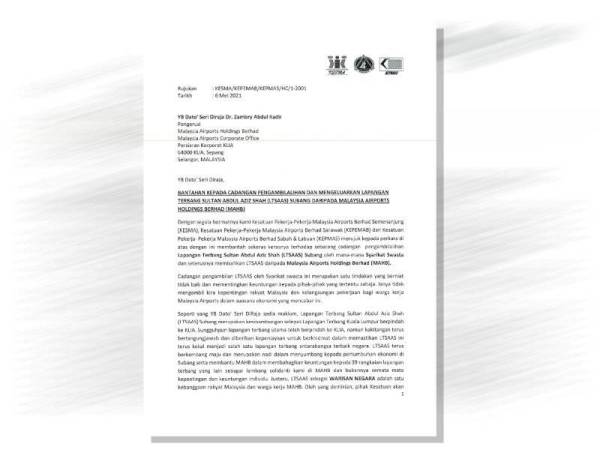The study argued that policymakers need to think beyond the Gini coefficient and include measures to address the absolute earnings gap.PHOTO: REUTERS.
KUALA LUMPUR (The Straits Times/Asia News Network): Despite a reduction in official income inequality, the absolute earnings gap between Malaysia’s top 20 per cent and their countrymen has nearly doubled, putting more Malaysians in relative poverty.
A new study by Khazanah Research Institute (KRI) released on Monday (Oct 15) argued that policymakers need to think beyond the Gini coefficient – which represents the relative difference in earnings – and include measures to address the absolute earnings gap.
The state-funded think tank pointed out that in 2016, households with income below RM2,000 per month spent 94.8 per cent of their incomes on consumption while families earning above RM15,000 monthly spent only 45 per cent of their incomes on consumption.
“Worryingly, for households earning below RM2,000, the income remaining after accounting for inflation is only RM76 in 2016, reducing from RM124 in 2014,” the report said, adding that this left them vulnerable to sudden financial shocks.
“In the past two decades, the actual differences in household income, adjusted to inflation, have almost doubled between the top 20 per cent households (T20) versus the middle and bottom 40 per cent (M40 and B40) households, respectively,” it added.
Although the government has repeatedly boasted of eradicating hardcore poverty, relative poverty – defined as earning less than 60 per cent of the median income – has increased by more than 50 per cent to three million households since 1995. This means 40 per cent of the country’s 7.5 million households are relatively poor.
Malaysia’s Gini has fallen from 0.513 in 1970 to 0.399 in 2016. A Gini of zero means everyone is earning the same amount.
But the T20 saw their average household incomes rise from about RM9,000 to RM16,000 between 1995 to 2016 while the income for the M40 grew only from around RM3,000 to RM6,000 and that for B40 went up from about RM1,000 to RM2,000.
This translates to a gap of RM6,000 increasing to RM10,000 between the T20 and M40, and RM8,000 to RM14,000 between the T20 and B40 before adjusting for inflation.
The study, which is done by the research arm of sovereign wealth fund Khazanah, also found that since 1995 female labour force participation has increased by less than 10 percentage points.
Furthermore, one-third of the increase in women’s labour force between 2010 and 2017 was due to the rise of self-employment.
“Given the more vulnerable nature of self-employment, striking a balance between preserving economic opportunities and ensuring economic security for women hence becomes the challenge moving forward,” KRI said in its State Of Households 2018: Different Realities report.
The institute said that raising women’s employment levels by 30 per cent “would not only raise Malaysia’s GDP by around seven to 12 per cent, but also serve as a potential remedy for an ageing population” by easing the burden on the workforce. – The Star








